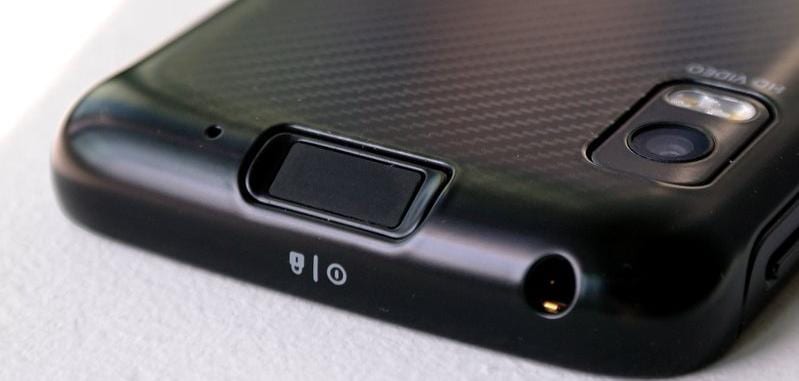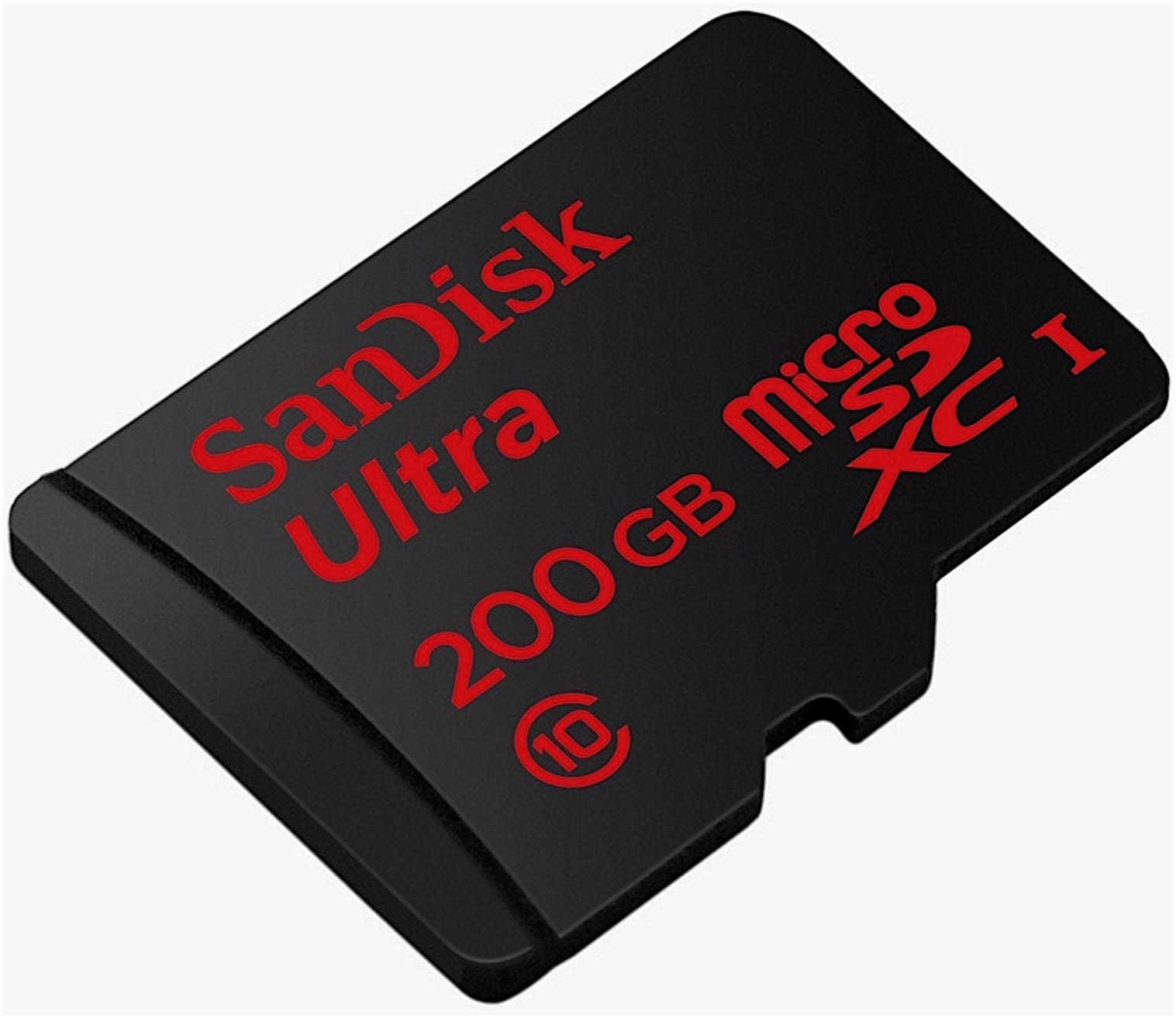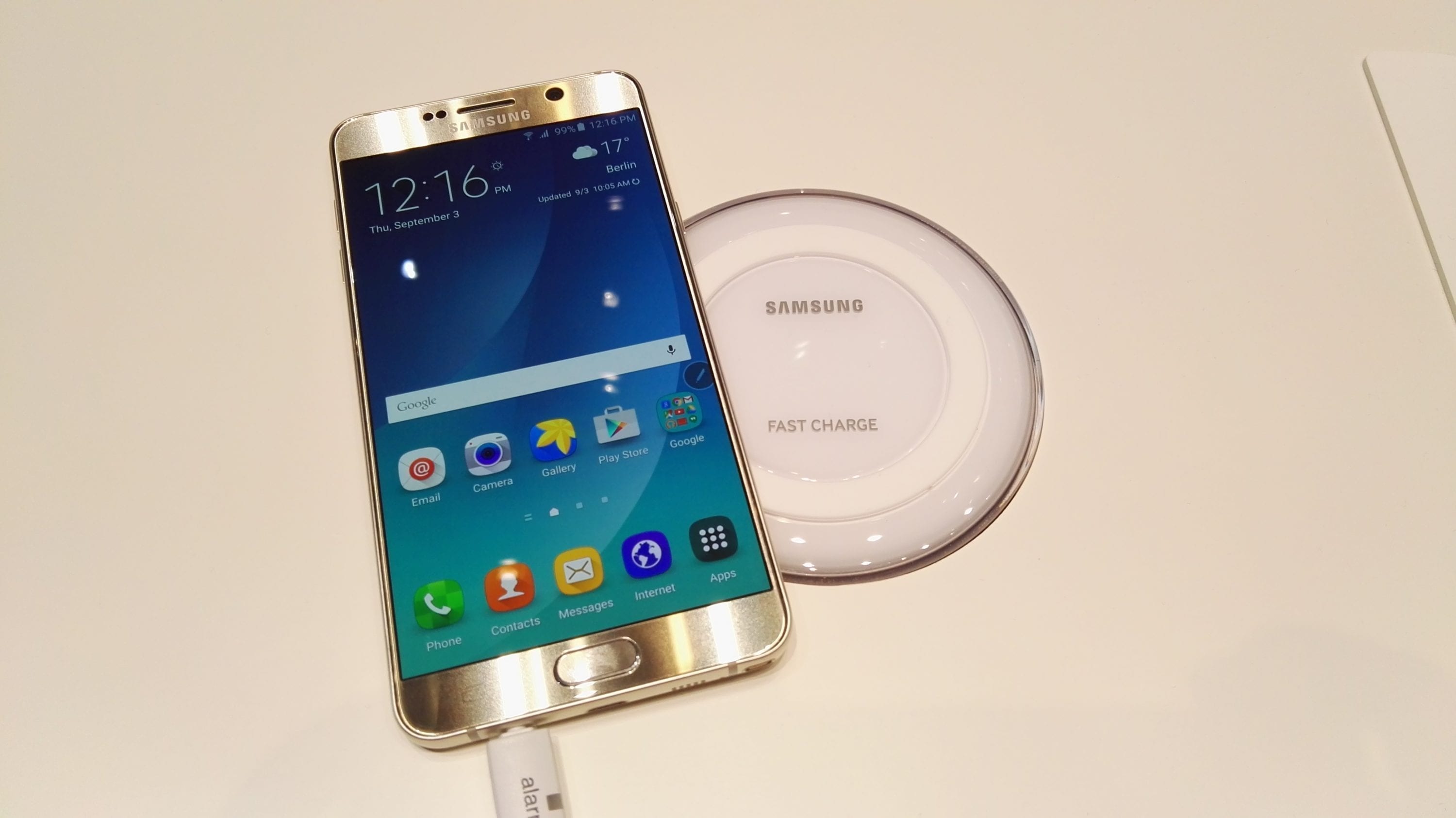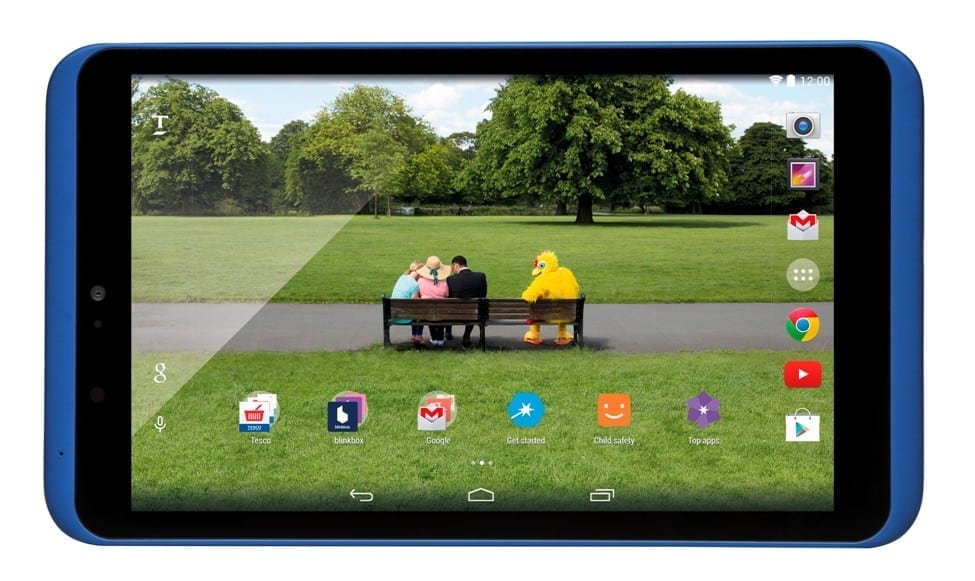
What lies ahead for the mobile industry? (Discuss…)
I’ve been thinking about this for some time, and this year is perhaps the year where it’s time for me to ask the question – where will the mobile industry go from here?
This isn’t just for me to give my opinion, as I’m looking for your opinions on this and hope you’ll take the time to comment.
Certainly the phone industry is wondering what’s next to do on a phone, and we’ve seen just how crazy things have got, in order to get us to part with our money, even though more and more of us are satisfied with what we’ve got.
I’ve written in the past about why I believe we should all buy phones SIM-free and go for cheaper and more flexible SIM only contracts. If you’re not going to upgrade every two years, it makes perfect sense (mind you, it also makes good sense if you do want to upgrade more often too).
Tablet sales have pretty much fallen off a cliff, and smartphones sales are stagnating. O2 might still have a sizeable percentage of customers not yet using a smartphone, but for everyone else it’s reaching saturation point.
If it ain’t broke
Many people have very little reason to change their phone, whatever phone companies might try and say to the contrary.
We’ve had a year that saw curved displays that arguably don’t bring any real benefits (even if they do look oh look sexy), a phone with a 4K screen that has an insane pixels-per-inch number of 808, yet more improvements in camera technology that may well bring real benefits, but still goes beyond what most people want or need to post on Instagram or Facebook.
We’ve also seen a continued trend for ever thinner devices, as if that’s what we all demand. You know, instead of longer battery life. Designers, like Jonathan Ive, insist it’s what we want. I’m putting my neck on the line by saying I’m unconvinced, but it’s not as if there’s a lot of choice from the phones sold by the ‘big boys’ most people will see on the high-street.
It’s going to take time before Joe Public isn’t buying a phone from one of the well-known brands
Naturally, I’m sure the readership here is much more clued up and knows where there are lesser known phones available with bigger batteries, but we’re a minority and it’s going to take time before Joe Public isn’t buying a phone from one of the well-known brands.
So what are the key areas where things will improve in the future? And do we really need such changes?
Screens
There are unquestionably different quality screens. Some are brighter, some are better viewed at off-angles. Then there’s LCD vs AM-OLED.
We’ve gone a long way from the days when a 176×220 pixel screen was considered hi-res, and 240×320 pixels was mind blowing. We went to VGA, and then gradually increased to HD, Full HD, Quad HD and – thanks to Sony – the Ultra HD display. Where do we go after this?

The jury is still out on whether people even need Quad HD screens, although once you’ve over 5.5-inches it can be argued that it does make a (bit of a) difference. 4K is just mad, although if your sole intention is to impress your mates, I guess it ticks that box perfectly.
I was recently asked by someone about 3D, and if it might one day happen on phones. It seems that many people aren’t even aware that we had phones with 3D (of the glasses-free type, akin to that used by Nintendo) back in 2011.
Many people aren’t even aware that we had phones with 3D back in 2011
HTC’s Evo 3D was even followed up with a successor the next year, but both can be regarded as total flops.
There was no benefit in having 3D as the user interface made little to no use of it, and games developers weren’t going to waste their time when no other phones could take advantage. Nor did it become possible to watch 3D movies via services like Netflix, and even if it had – the virtual demise of 3D televisions (and now content) to be used in the home meant 3D on a phone was always doomed to fail.

There was also the concern at the time around headaches, and just how good the screen was anyway. I actually thought the 3D was quite good, but it was nonetheless totally and utterly pointless. Fair play to LG for helping prove this, at great expense.
Now the industry is latching on to something else. Pressure-sensitive touchscreens. Apple launched 3D Touch with the iPhone 6s and 6s plus, while Huawei beat the company by a matter of days with the announcement of the Mate S.
You can tell the industry ‘feels under pressure’, which is perhaps why these pressure sensitive screens may well become the next big thing, added to every major new phone next year and hopefully making you envious enough to upgrade.

But what does 3D Touch (or Huawei’s Force Touch) technology bring to the party? Well, it’s another way to interact with the phone, and Apple has so far found a few useful new ways to select things, while Huawei thought to use it to allow you to zoom in on images and replace the on-screen Android navigation controls.
3D Touch – an answer looking for a question, or the future of touchscreen user interaction?
Developers may well find ways to use the technology in games, but presumably only once more devices have it. Thus far, Huawei opted to include its Force Touch technology only on the most expensive 128GB model, which given the fact the ordinary 32GB model will likely be hard to buy as it is, means most people will not even own the model that has the technology.
Maybe it’s a future ‘big thing’ but with no support included on the latest Google Nexus phones, and no word of it showing up on anything else in the foreseeable future, it’s perhaps something to put to the back of your mind for now.
Cameras
Desperate attempts to make every new camera sound better than before, and despite many real improvements, the fact is that there aren’t many devices that take a bad, or terrible, photograph today. Not even a phone costing £100 will take a bad picture, as the likes of Motorola, Wileyfox, and countless Chinese manufacturers, start to use the very same image sensors that were top-of-the-line just a year or two ago.
Take an example below, using photos taken for a comparison test on GSM Arena that includes photos taken on the 2014 Galaxy S5 and the 2015 Galaxy S6. Look at them at 100% and consider if there’s really such a massive improvement that you simply have to upgrade your phone. When the Galaxy S7 comes early next year, will things be massively better?
When did you last get a poster print of a photo anyway?
You have to look at the photos at 100% because on this page, as is, they look nearly identical. Just as they do when you upload your photo to social media. In fact, if you backup your photos to the cloud (which you absolutely should) then many will automatically enhance your photos – if your phone gallery doesn’t allow you to do the same.
In this way, even a slightly suspect night photo can usually be improved to a more than acceptable level. Will it make your photo perfect for printing and framing? Perhaps not, but when did you last get a poster print of a photo anyway?
Of course, every new phone has to have a better camera. Every time it’s compared to a professional camera, and it’s said that the gap is reducing every time. It no doubt is, but does it really matter?
Security
2011 was the year when Motorola brought fingerprint detection to the mainstream. The downside was that the Atrix was expensive, not widely available (at least in the UK), and the fingerprint detection was quite slow – requiring a sliding action to recognise (or not) your finger.
The positioning was also a little awkward, so it could often just come down to a struggle to get your finger in the right position.

Of course Apple came along and perfected it, as well as Samsung and others (like Huawei). Now there are a number of phones that ship with fingerprint detection, and the speed and accuracy has improved immeasurably. On my Honor 7, the 0.3 second unlock time is impressive in itself, but better yet is the near 100% accuracy.

The latest HTC A9, Google Nexus 5X, Nexus 6P, all the new Sony Xperia Z5 phones, and the OnePlus 2 – to name just a few – all come with this tech, and next year will no doubt see it filtering down to cheaper models, primarily because Android Pay should be expanding its availability.
All the other fancy ideas (like holding the camera to your face to unlock) now seem rather pointless and obsolete.
It’s one feature that might just make it worthwhile upgrading.
Storage and Memory
With the recent roll out of Android 6 to the Nexus devices, one thing that struck me was that the new memory menu showed my average RAM consumption at around the 1-1.1GB mark. That’s about 50% of the available memory, which would equate to just 25% of the memory on the latest wave of devices with 4GB of RAM. Adding more RAM is an easy way to make people think a phone is better (like adding more pixels to a display or camera), but do smartphones really need the extra RAM as much as a normal PC?
Perhaps in some usage scenarios, and Android is able to fill available RAM to make app switching quicker, but it’s not really that big a deal if the reality suggests all that extra memory isn’t really being used. Indeed, Android has been put on a diet over the years to make it more nimble and capable of running on devices with just 1GB of RAM, while Apple has been quite content to only use 1GB of RAM for some time – so maybe more RAM is just a gimmick.

Storage on the other hand is one thing where opinions are divided. Google and Apple would love to have you accessing everything in the cloud, but connectivity isn’t quite there to allow this – especially when using mobile data and having limited data allowances. It’s also pretty hard to stream content reliably on the move in many environments, and near useless on planes – even with Wi-Fi.
Apple still seems to think 16GB base models are sufficient for a specific audience, and many disagree, but does everyone need 64 or 128GB?
Ideally, we give people choice by including a memory card slot. This year Samsung decided that was no longer ‘in’ and decided to go down the fixed storage route. A big mistake in my opinion, and I wouldn’t be surprised to see a card slot return in 2016 for the next Galaxy S and Note models.
With the widely supported microSDXC standard allowing memory cards up to 2TB in capacity (albeit currently maxed out at 200GB until the next generation of cards are released, possibly at MWC), you almost certainly don’t need to buy a new phone when bigger memory cards are released. Even budget phones like the Moto G or Wileyfox Swift are good to go.
Connectivity
If there’s one thing that will definitely continue to improve and bring real benefits, it will be connectivity. While your phone may suit your needs today, as we get faster LTE speeds, new and improved Wi-Fi connectivity, the transition to USB-C, and newer charging standards, this is one area that might encourage upgrades. Of course, it’s nowhere near as sexy to talk about.
Nor are many of these improvements going to be widely beneficial for a while, as your phone might be ready for something that you can barely use (and that’s assuming you want or need 450Mbps data speeds on your phone that has a tariff with just 5 or 10GB per month).

But what about things like Microsoft’s Continuum, which turns your mobile into something that can perform more like a desktop PC – without having to incorporate a massive screen or a physical keypad?
Motorola introduced the concept with the Atrix (like the fingerprint reader, this phone was ahead of its time), but the underpowered hardware meant that it never really took off because it was slow and clunky.
But the idea was sound, and even though a follow up attempt by Ubuntu never really got anywhere, it seems Microsoft may have got the concept to a position (namely the right amount of power on its new Lumia 950 and 950XL models) where it will become a thing.
In mid 2016, we’re bound to see more devices offering similar capabilities as I’m sure both Google and Apple will seek to announce something similar at their respective developer conferences.

Battery Life
Sooner or later people are going to rebel and refuse to buy a phone that can’t guarantee a whole day of usage, including those situations where something like a delayed flight means using the phone more heavily, and good battery life becomes even more vital.
Okay, people probably won’t refuse – but they should. If we all did, perhaps the industry would take more notice.
No amount of clever power saving tricks when the phone is in standby can compare with the need for raw power to actually use your phone for hours on end. Nor is promising faster charging times a suitable alternative for a better battery in the first place. Can’t we have both?

Modern chipsets, like the 14nm process Exynos SoC in the Galaxy Note 5, can reduce power consumption and make a smaller battery last longer – but why isn’t that accompanied with a larger battery to actually extend usage times considerably, rather than just an hour or two here and there?
It’s common for phone launches to shy away from talking about battery capacities (like connectivity, it’s not sexy to talk about) and most people on stage talk of ‘all day battery life’, which is totally unscientific and based on no recognised industry standard benchmark.
All day battery life shouldn’t be for those days where you don’t use your phone much, or can easily charge it while you’re at home or work. It’s for when you’re on holiday and away from the hotel, at a conference, travelling and wanting to kill time…

We’ve had standard methods for calculating standby and talktime for non-smartphones for years, but where’s the recognisable test for how long a phone will last with real world usage of apps that require GPS, the use of mobile data, Wi-Fi, or the increased processor usage for encoding video or rendering 3D games?
Indeed, what about operating the larger screened phones outdoors on a bright day when the brightness has to be turned up to let you stand any chance of being able to use it?
Some tech sites do attempt to test things in a standardised fashion, but the industry needs a recognised testing system so we can be sure it’s consistent – and able to adapt to future releases.
If that happened, we’d see companies taking battery life more seriously overnight.

Can the industry ever truly slow down?
We used to have Sony releasing two flagships per year, but common sense appears to have prevailed and now the company is moving towards annual releases – like the other big players. Apple, meanwhile, releases a ‘new’ phone every two years and a rather more modest facelift in-between.
Could we see longer periods of time between new phone launches, bar minor updates to add support for new LTE bands or faster speeds?
Or could a phone even potentially last longer on the shelves with no hardware update at all, relying instead on software updates only? In the tablet world, Tesco appears to be going into the Christmas market for the second year running with the exact same product – the Hudl 2 (albeit at a lower price of £99).

It could be said that Tesco’s financial woes forced it to hold back on releasing a successor, but in reality there’s no real need for a replacement to a tablet that has just got Android 5.1.1 (and may get Android 6) and still has a perfectly good performance, a full HD screen, 2GB of RAM, and expandable memory. It beats many other tablets competing in the same space, despite its age.
Every manufacturer wants to keep you buying new things, but there’s a general acceptance that people don’t change their PC or TV every year or two, and now it seems clear the same is happening with tablets. It seems impossible to believe that smartphones won’t go the same way, with people eventually changing only when their device stops working.
Will things slow down, or will companies become even more creative with their gimmicks in 2016 to convince us our current daily driver is fit only for scraphead long before its time – and if it will be the latter (which I am sure it will), what do you think is going to happen?
Is every new phone going to ship with a 4K screen because Sony did it? Will we see cameras finally putting the nail in the coffin of professional cameras? Will every phone offer a performance that can match a high-end PC, despite most people never needing a fraction of the power? Will battery life finally become a thing in 2016, just as we all hoped it would this year?
Further discussion
I’ve now written my (extensive) opinion and it’s time for you to share yours. Do you agree with what I’ve said, or think it’s all total nonsense? Has the smartphone industry got a bright future, or many years of hurt?
And, also, do you think it will be a battle fought out only with the big players, or will the largest have the most to lose as the smaller players entering the scene come in and steal a lead by selling on value?
Plus, if we do get fewer smartphone releases, what will these companies sell us instead? Will wearables fill the void? Is virtual-reality the next money spinner?
Featured image credit: Unsplash







I think a lot of the manufacturers are struggling to actually pin point what the consumers want, having said that tho, they have the user data from all their users to decide what they like. There are still fundamental features everyone definitely want, like longer battery life. It’s a strange one to actually see why they are not innovating, or are they just playing on the fact that we now live in this world where we heavily love showing off how something looks over it’s actual functionality, for example the curved display. Would love to see the one that actually solve the battery issues first.